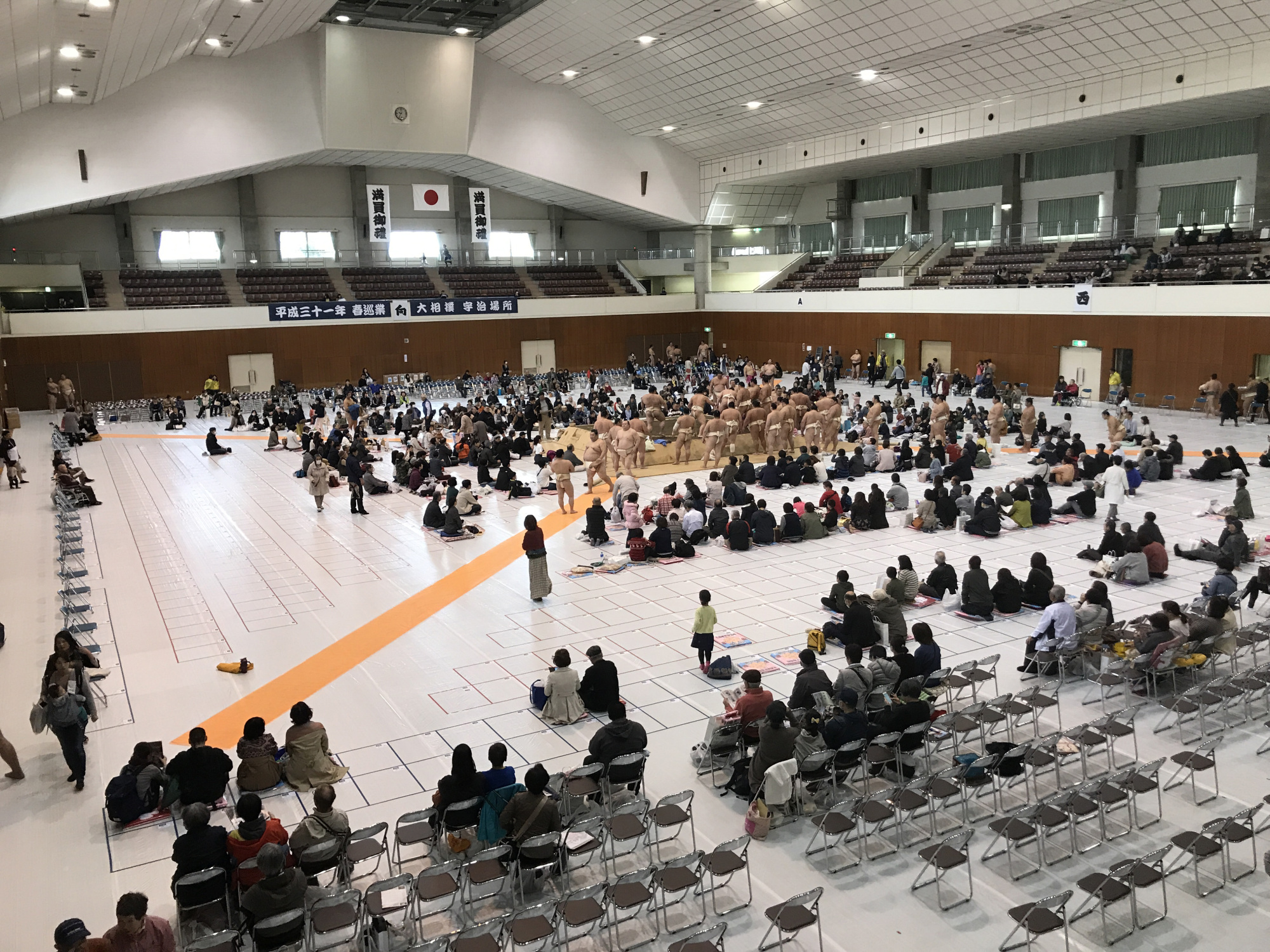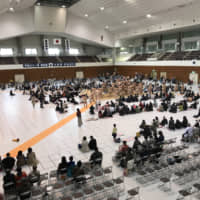An oft-heard refrain from fans new to sumo is that wrestlers get paid huge sums for just a few seconds work each day.
It's one of the more common misconceptions, along with thinking that success in Japan's national sport is just a matter of eating yourself bigger than your opponents.
One training session viewing is usually all it takes to divest people of such notions though.
The sheer intensity of a full-on practice invariably has first time spectators' jaws on the ground.
You don't need to be around the sport for long either to realize that, far from just working a few seconds each day, wrestlers have virtually no free time and are engaged in sumo activities year-round.
Regional tours account for a big chunk of those.
Comprised of a series of one-day events, the jungyō, as they are called, allow people living in areas without official tournaments to experience live sumo.
In years past they were also a valuable recruiting tool and effectively served as scouting trips.
Many famous wrestlers including yokozuna Taiho were discovered on regional tours conducted by individual stables or the Japan Sumo Association as a whole.
A jungyō day includes many activities that aren't seen in regular tournaments.
Demonstrations of hairdressing, comedy sumo and sumo singing are common and early in the morning wrestlers conduct open practice sessions at the arena.
Even in periods where sumo is immensely popular, seats at regional events are also far easier to come by than those for official tournaments, with most venues still having tickets available on the door the day of the event.
The Summer Tour is the most grueling for the participants. This year it runs from July 28 to Aug. 25 and winds its way through the central, eastern and northern part of Honshu.


















With your current subscription plan you can comment on stories. However, before writing your first comment, please create a display name in the Profile section of your subscriber account page.